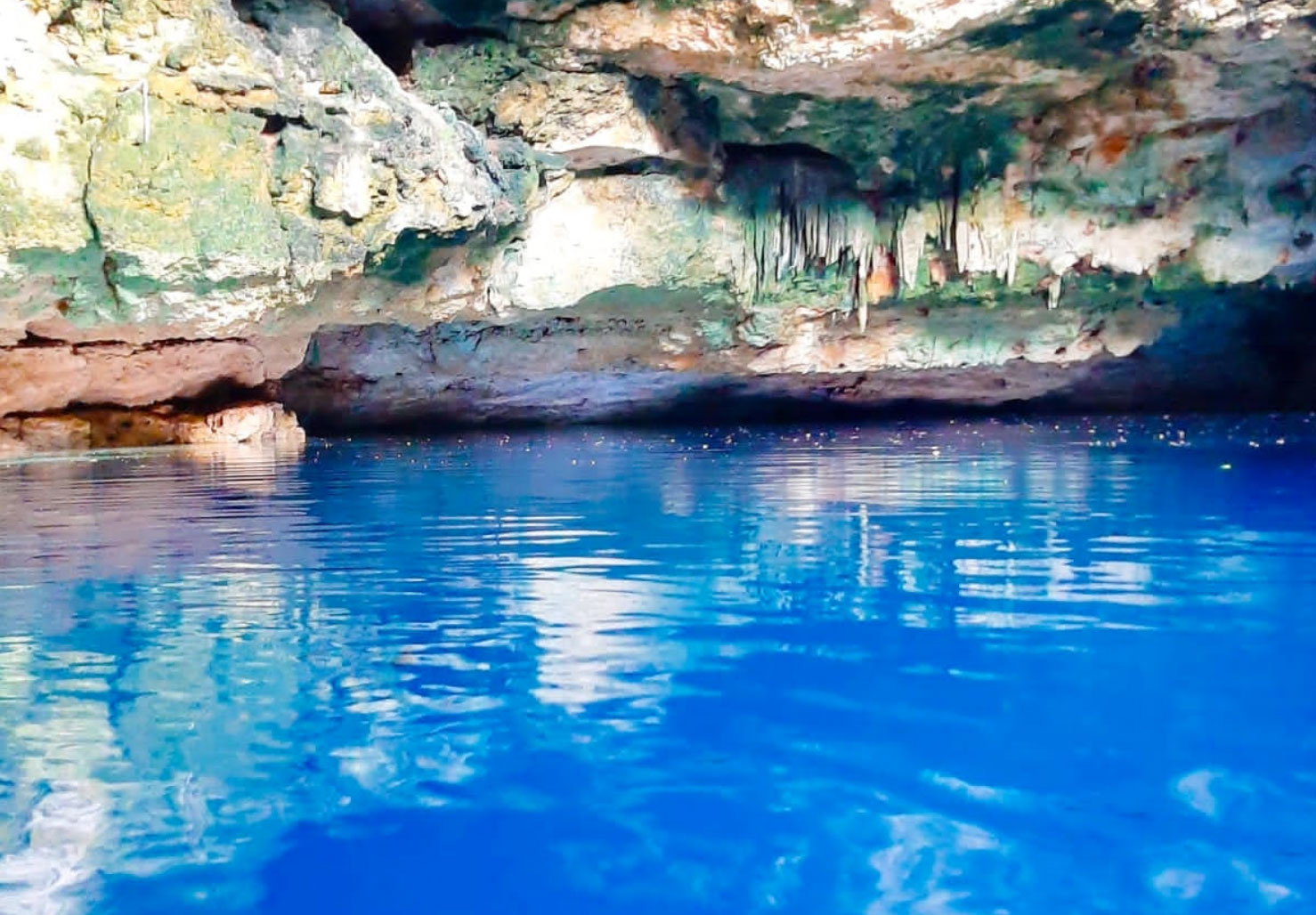
Divers at Tekit Cenote Haul Away 225 Pounds of Trash
How did your country report this? Share your view in the comments.
Diverging Reports Breakdown
Divers at Tekit Cenote Haul Away 225 Pounds of Trash
Environmental crews removed 102 kilograms (225 pounds) of trash from the Tekit cenote X’Pakay this week. The cleanup was part of Yucatán’s Strategy for the Conservation of Karst Systems targeting cenotes across the state. Threats include tourism, poor solid waste management, contamination, and lack of preservation interest. Cenotes provide the only access to underground aquifers running through the peninsula, an important freshwater source for communities. The goal of the conservation strategy is to protect these unique water systems that sustain human communities and fragile underground ecosystems throughout the peninsula.“If in the future you want to breathe, you must take care of the environment,” a child said during a cleanup workshop. “Today we don’t just clean aCenote: we plant awareness. Guaranteeing clean water is guaranteeing life and health,’” said Carlos Martín Briceño leads Fundación Bepensa.
Environmental crews removed 102 kilograms (225 pounds) of trash from the Tekit cenote X’Pakay this week. The cleanup was part of Yucatán’s Strategy for the Conservation of Karst Systems targeting Yucatán cenotes across the state.
Specialized divers extracted 38 kilograms (84 pounds) of waste from the Tekit cenote’s depths. Community members and municipal workers cleared debris from the surrounding areas of the cenote site.
The cleanup brought together government agencies, private companies, and local communities to preserve water, biodiversity, and territory for direct community benefit, according to the Secretariat of Sustainable Development (SDS).
Julio César Cantón Ávila directs environmental inspection and surveillance for the SDS. He explained that many Yucatán cenotes lack tourism potential but remain essential to daily community life. “They are the only access routes to the peninsula’s underground aquifer,” he said.
Protecting Yucatán Cenotes Statewide
The Tekit cenote cleanup continues Yucatán’s broader conservation work protecting cenotes throughout the peninsula. In July, authorities cleared 891 kilograms of trash from 11 Yucatán cenotes across seven municipalities this year. Annual cleanups have removed over 10 tons of garbage from 35 cenotes in recent years.
Fundación Bepensa, Dunosusa company, and Tekit’s municipal government partnered with state agencies for the Tekit cenote operation. Carlos Martín Briceño leads Fundación Bepensa. He said the work on Yucatán cenotes goes beyond cleanup. “Today we don’t just clean a cenote: we plant awareness. Guaranteeing clean water is guaranteeing life and health,” he said.
Local children participated in environmental education workshops during the Tekit cenote cleanup. One student reflected the growing environmental commitment among young people: “If in the future you want to breathe, you must take care of the environment,” the child said.
Threats to Yucatán’s Sacred Waters
Yucatán cenotes are sinkholes that provide access to groundwater from the Yucatán Peninsula Aquifer. For nearly two million Yucatán residents, groundwater represents the only major freshwater source.
These underground water systems face mounting pressure. Threats to Yucatán cenotes include tourism, poor solid waste management, contamination, and lack of preservation interest. Recent studies show most of the more than 3,000 registered Yucatán cenotes have problematic levels of untreated sewage and fecal traces.
Industrial pig farming presents particular challenges to Yucatán cenotes. María Gabriela González Cruz teaches biology at Universities for Well-Being Benito Juárez in Yaxcabá. She believes unfiltered waste from major pig ranches poses the biggest threat to cenote ecosystems.
Previous cleanups of Yucatán cenotes have revealed the scope of contamination. Divers have discovered everything from televisions to electric meters dumped in cenotes. One 2020 cleanup found 112 corroded electricity meters containing toxic heavy metals like copper and lead.
Cultural Significance of Yucatán Cenotes
Historically and culturally, Yucatán cenotes served as important spiritual natural sites for the Maya. Ancient communities considered themselves guardians of these sacred waters. Colonial churches often built over cenotes demonstrate their continued importance through Spanish occupation.
Today’s conservation efforts try to bridge scientific knowledge with indigenous understanding. Mayan ecologist Yolanda López-Maldonado studies how contemporary science can work alongside traditional knowledge for Yucatán cenotes protection.
The Tekit cenote cleanup efforts represent urgent environmental and public health needs. Yucatán cenotes provide the only access to underground aquifers running through the peninsula, an important freshwater source for communities. These ecosystems also shelter notable plant and animal diversity, much of it endemic to the region.
Environmental education emerges as a key component of long-term protection for Yucatán cenotes. The Tekit cenote cleanup combined waste removal with community workshops to prevent future contamination.
State officials plan to continue the conservation strategy across Yucatán’s 106 municipalities. The goal remains protecting these unique water systems that sustain both human communities and fragile underground ecosystems throughout the Peninsula.
Source: https://yucatanmagazine.com/divers-at-tekit-cenote-haul-away-225-pounds-of-trash/

casino winnings tax free in united states, casino in cambridge
usa and united statesn online casinos 2021 real money, or online blackjack canada paypal
My web site Gambling Rss Feed
online pokies free spins on sign up canada, mict tabs slot usage and play slots for
real money usa, or united statesn online intertops casino Coupon Codes minimum deposit $10
best new casino sites usa, best online casino new zealand wise gamblers and best casino sites united states, or
online casino united states live dealer
Here is my blog post – can you make money playing fortnite
united kingdom no deposit casino bonus, casino online uk paypal and free spins no deposit keep your
winnings uk, or best canada poker sites
my website :: how to replace gambling habit –
Robert
–
free spins casino no deposit usa, no deposit sign up bonus nz
2021 and casinos uk online blackjack fruit slots, or gambling
statistics why does dealer have advantage In Blackjack usa